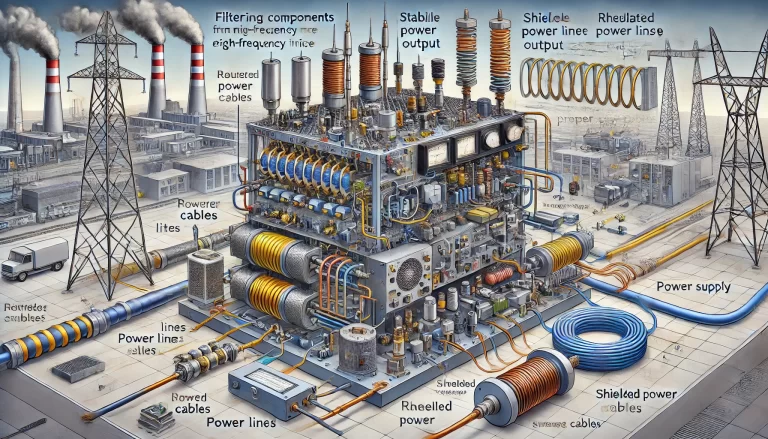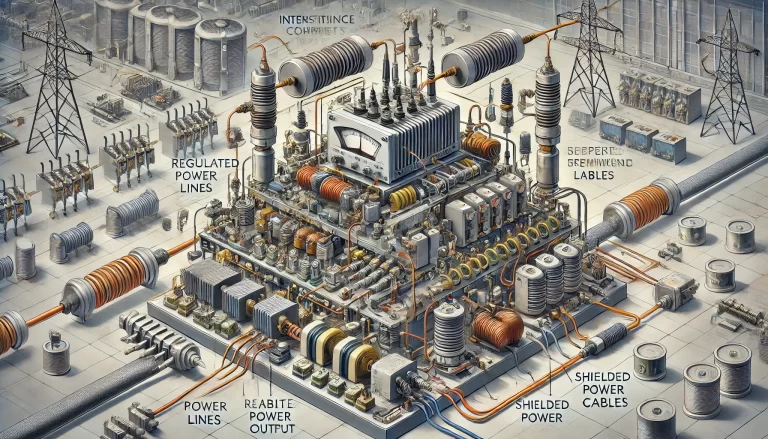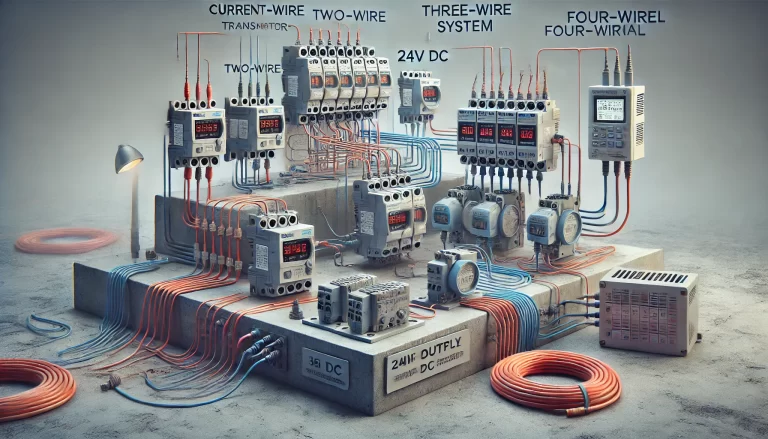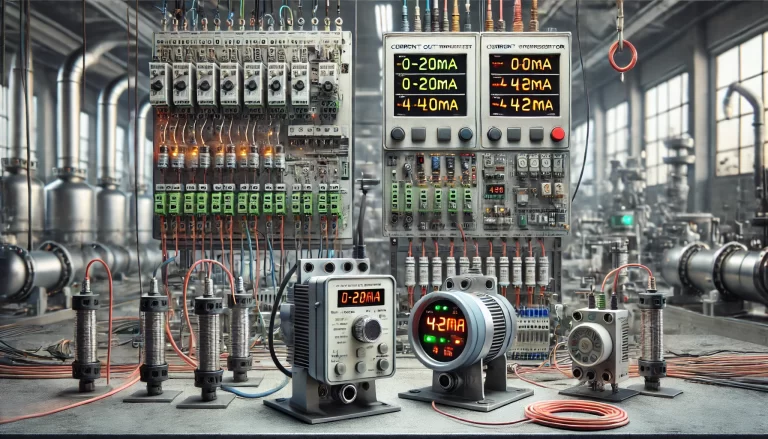Transmitters are highly sensitive devices used in various industrial and technical environments to convert physical quantities such as temperature, pressure, or flow into an electrical signal. These devices often operate in environments filled with electromagnetic interference (EMI), which can significantly affect their performance and reliability. One of the critical aspects of minimizing interference in transmitter systems is through the design of a robust power supply system. A poorly designed power supply can act as a conduit for noise, severely compromising the transmitter’s accuracy and stability. Here’s a detailed look at how power supply interference can be mitigated in transmitter systems.

1. Power Supply Filtering
Power supply filtering is the first line of defense against power-related interference. It helps to remove unwanted noise from the power supply before it reaches the sensitive components of the transmitter.
EMI Filters: EMI filters are designed to eliminate high-frequency noise. These filters typically use a combination of capacitors, inductors, and resistors to form low-pass filters that block high-frequency noise, while allowing low-frequency power to pass through.
Capacitive and Inductive Filters: Capacitors can be placed across the power lines to filter high-frequency noise. Similarly, inductors can be used in series with the power lines to block the passage of high-frequency interference. These components work together to ensure that any noise originating from the power grid or switching power supplies does not affect the transmitter.
By effectively reducing high-frequency noise, filtering helps to prevent erratic signal behavior and ensures that the transmitter functions correctly.
2. Shielding and Grounding
Shielding and grounding are essential strategies in minimizing electromagnetic interference, especially when the transmitter operates in high-noise environments.
Shielded Power Cables: Shielded cables contain an outer layer, often made of metal, which acts as a barrier to prevent external electromagnetic fields from interfering with the electrical signals traveling through the power wires. This shielding can significantly reduce the amount of radiated EMI picked up by the power supply.
Proper Grounding: Grounding creates a low-resistance path to dissipate unwanted interference. Proper grounding techniques include connecting the cable shield and any other conductive parts to a common ground. It is crucial to ensure that there are no ground loops, which can introduce additional noise into the system.
When the shielding and grounding are correctly implemented, they reduce the possibility of EMI coupling into the power lines and affecting the transmitter’s performance.

3. Regulated Power Supply Design
A regulated power supply is fundamental to maintaining a steady and clean voltage supply to the transmitter. Any fluctuations in the supply voltage can lead to incorrect transmitter outputs, so a well-designed power regulation system is crucial.
Voltage Regulation: A stable power supply is essential for the consistent operation of transmitters. Linear regulators, such as Low Dropout (LDO) regulators, or switching regulators with EMI suppression techniques, can be used to maintain a steady voltage despite variations in the input supply.
Suppression of Transients: Electrical transients, such as voltage spikes or surges, can enter the system through the power supply. These transients can occur due to switching of large inductive loads or lightning strikes. Surge protection devices, such as transient voltage suppressor (TVS) diodes, metal oxide varistors (MOVs), or gas discharge tubes, are often incorporated to clamp voltage spikes, protecting the sensitive components of the transmitter from damage.
The use of a stable, regulated power supply not only improves reliability but also reduces susceptibility to noise-induced errors.
4. Power Isolation Techniques
Power isolation helps to prevent noise from one part of a system from affecting another, particularly in situations where multiple devices share the same power supply.
Isolated Power Converters: Isolated power converters, such as DC-DC converters with galvanic isolation, can be used to separate the transmitter’s power supply from the rest of the system. This isolation prevents noise or transients on one side of the converter from propagating to the transmitter.
Optical Isolation: In cases where signals need to be transferred between different parts of the system without introducing noise, optical isolation can be used. Optical isolators convert electrical signals to light and back again, effectively blocking electrical noise from being transferred along with the signal.
Isolation ensures that even if the main power system is noisy, the transmitter’s power remains clean and unaffected by external disturbances.

5. Separation of Power and Signal Lines
Another crucial strategy for power supply noise reduction is the physical separation of power and signal lines. This minimizes the risk of crosstalk, where electrical interference from the power lines induces noise in nearby signal lines.
Avoid Parallel Routing: Power and signal lines should not run in parallel for extended distances. If power and signal lines must cross, they should do so at a 90-degree angle to minimize electromagnetic coupling.
Twisted Pair Cabling: For signal lines, using twisted pair cables helps to cancel out electromagnetic interference from the surrounding environment or adjacent power lines.
By preventing crosstalk between the power and signal lines, this strategy ensures that the transmitter’s signal remains clear and accurate.

Conclusion
Interference in the power supply system can have a detrimental effect on the performance of transmitters, particularly in environments with significant electromagnetic noise. By incorporating proper power filtering, shielding and grounding, regulated power supplies, isolation techniques, and careful cable management, engineers can greatly reduce the risk of power supply-related interference. These strategies, when implemented effectively, ensure the reliability and accuracy of transmitter systems even in the most challenging conditions.
A robust power supply interference suppression design is thus critical for ensuring the successful operation of transmitters, ultimately leading to more reliable industrial control systems and enhanced data accuracy.
